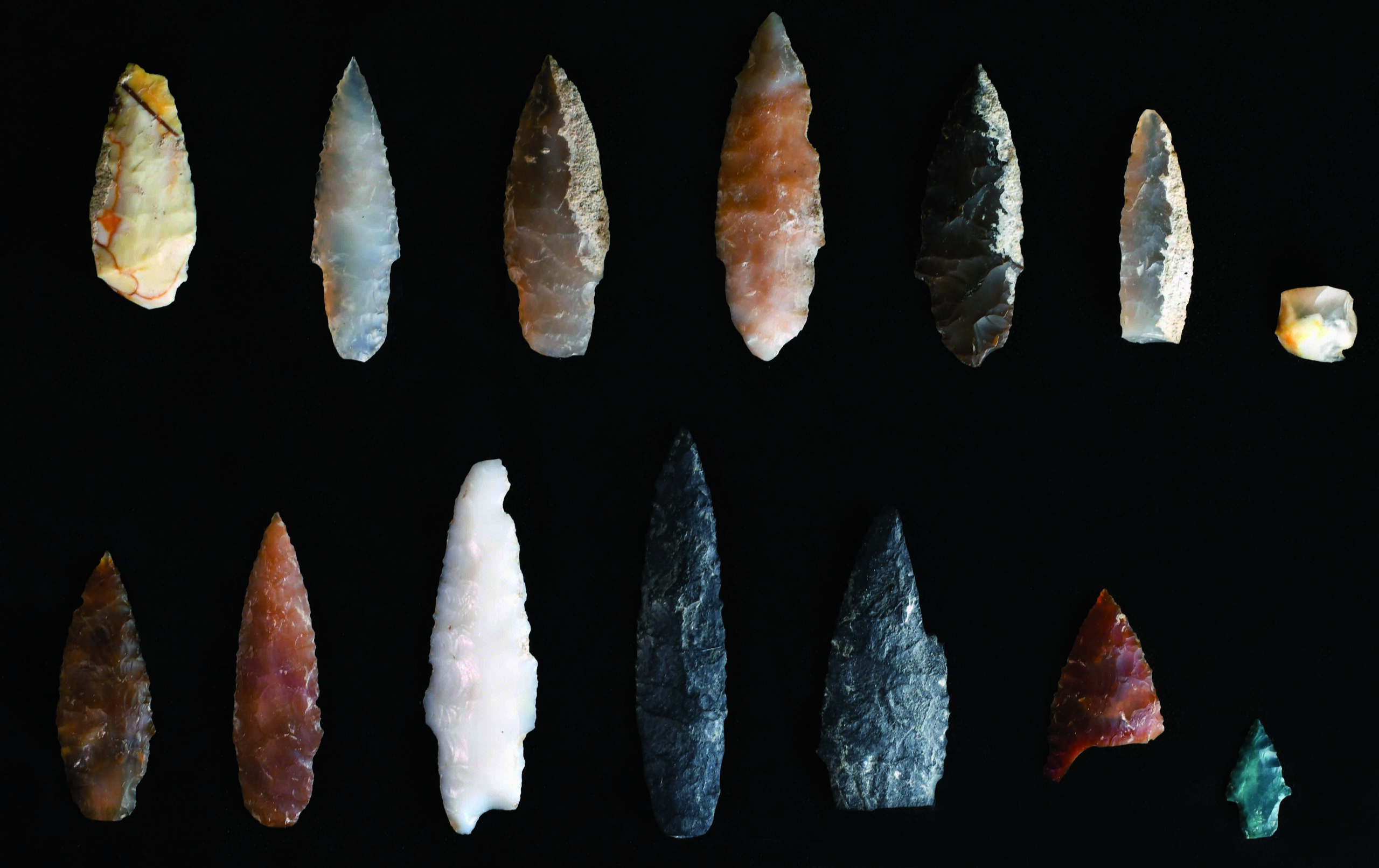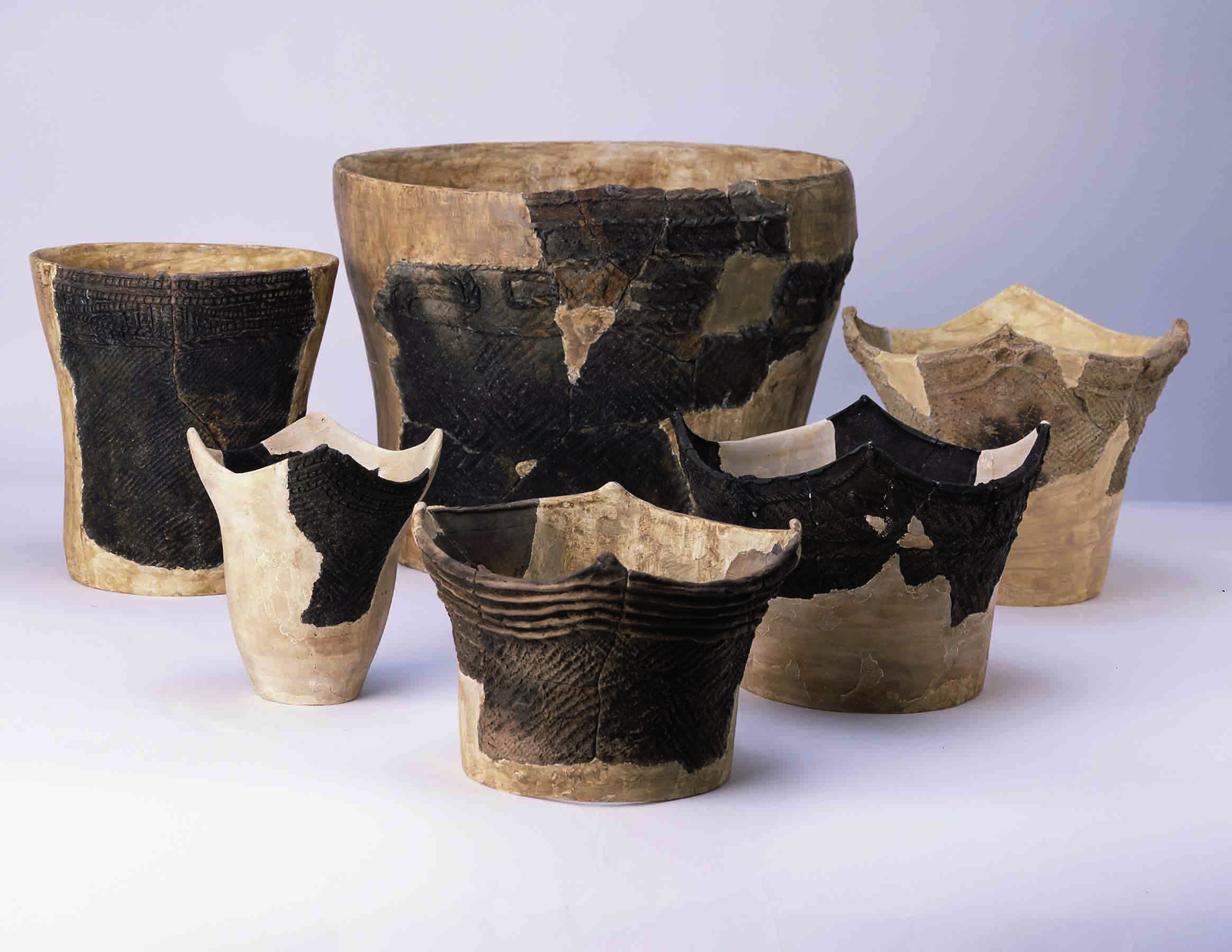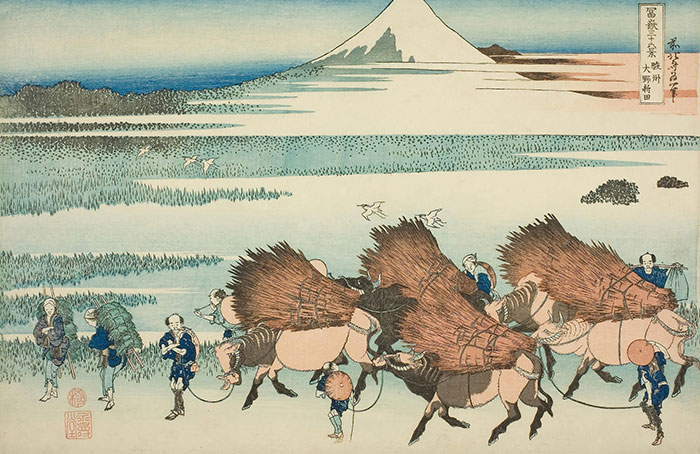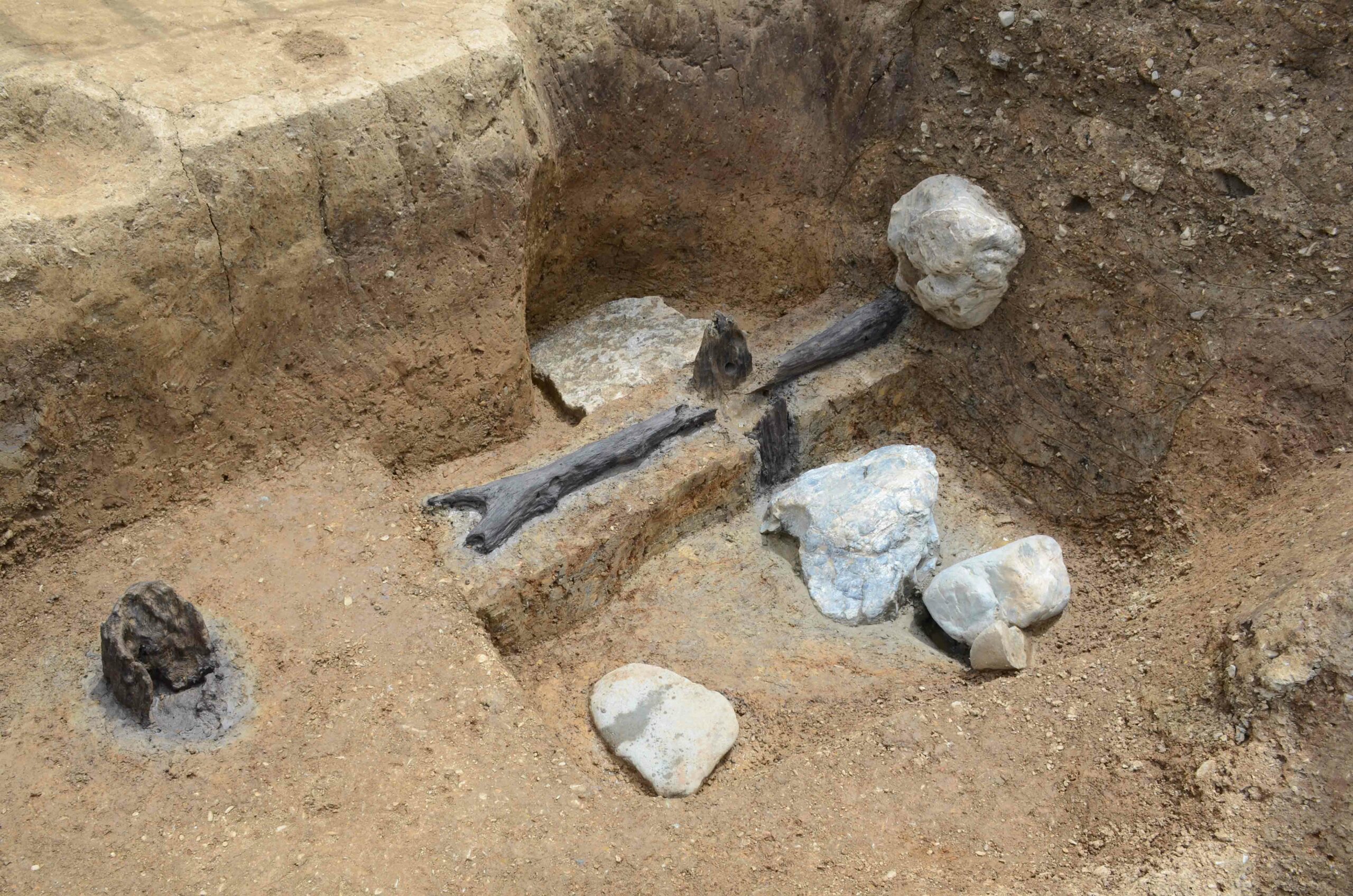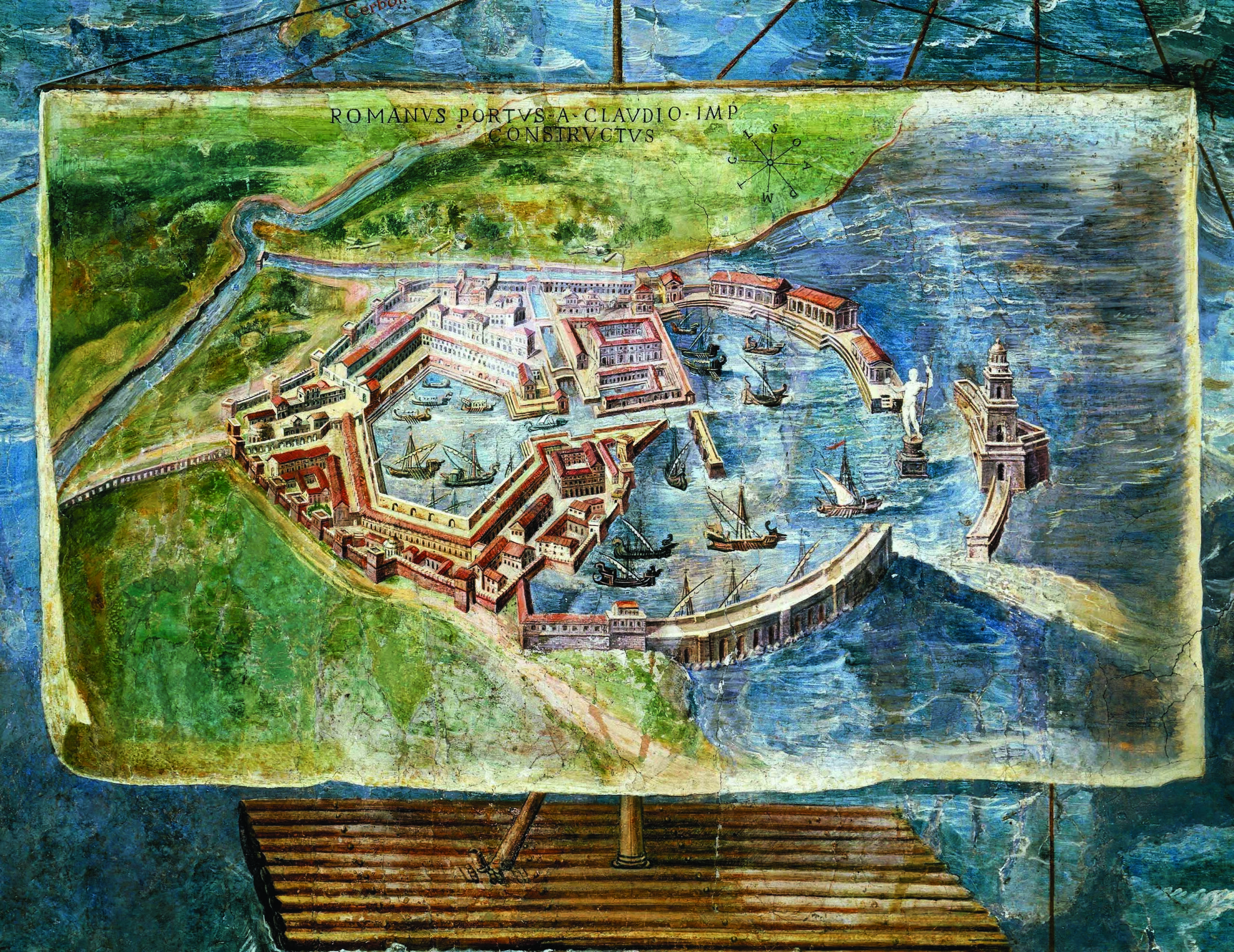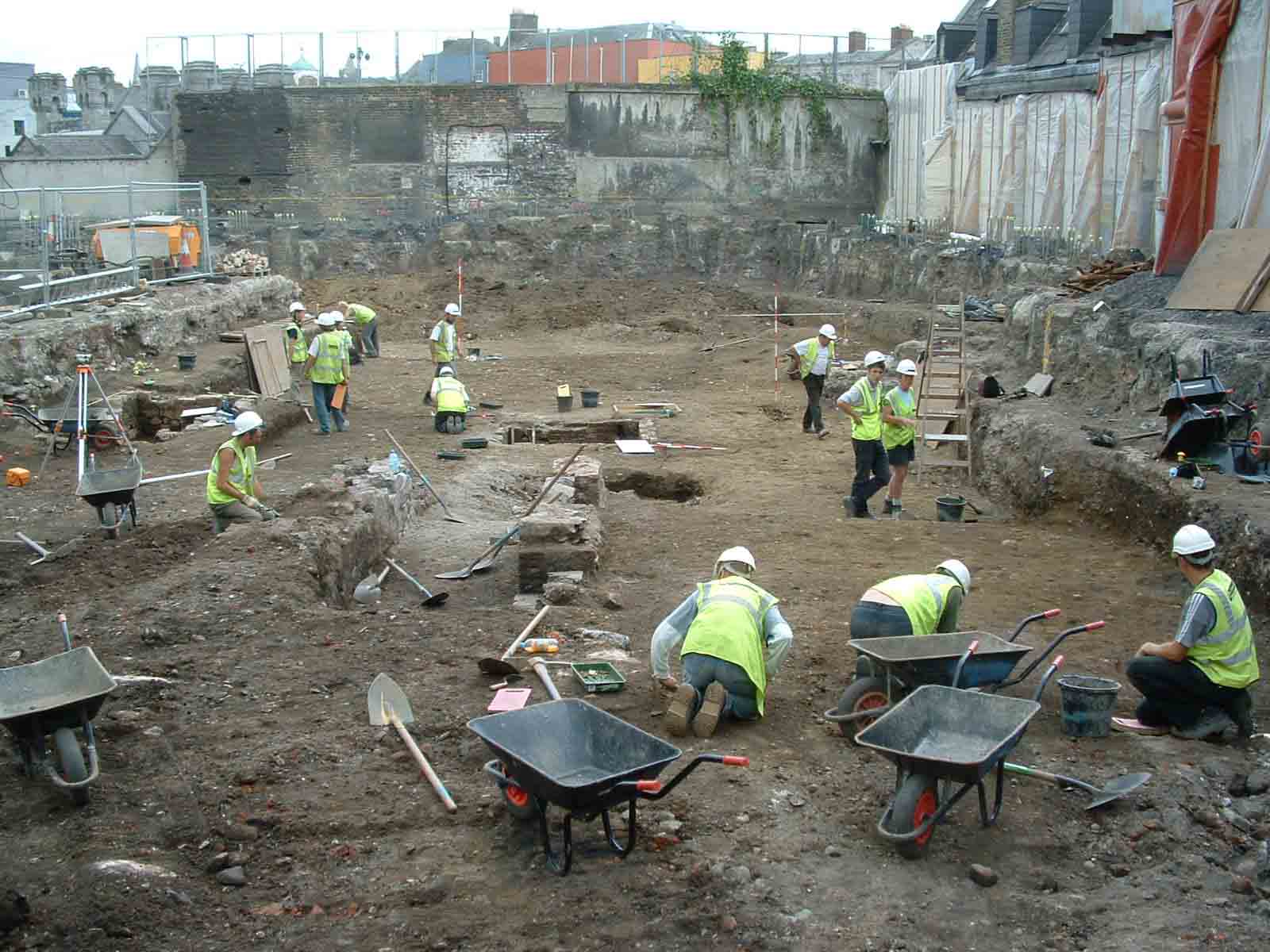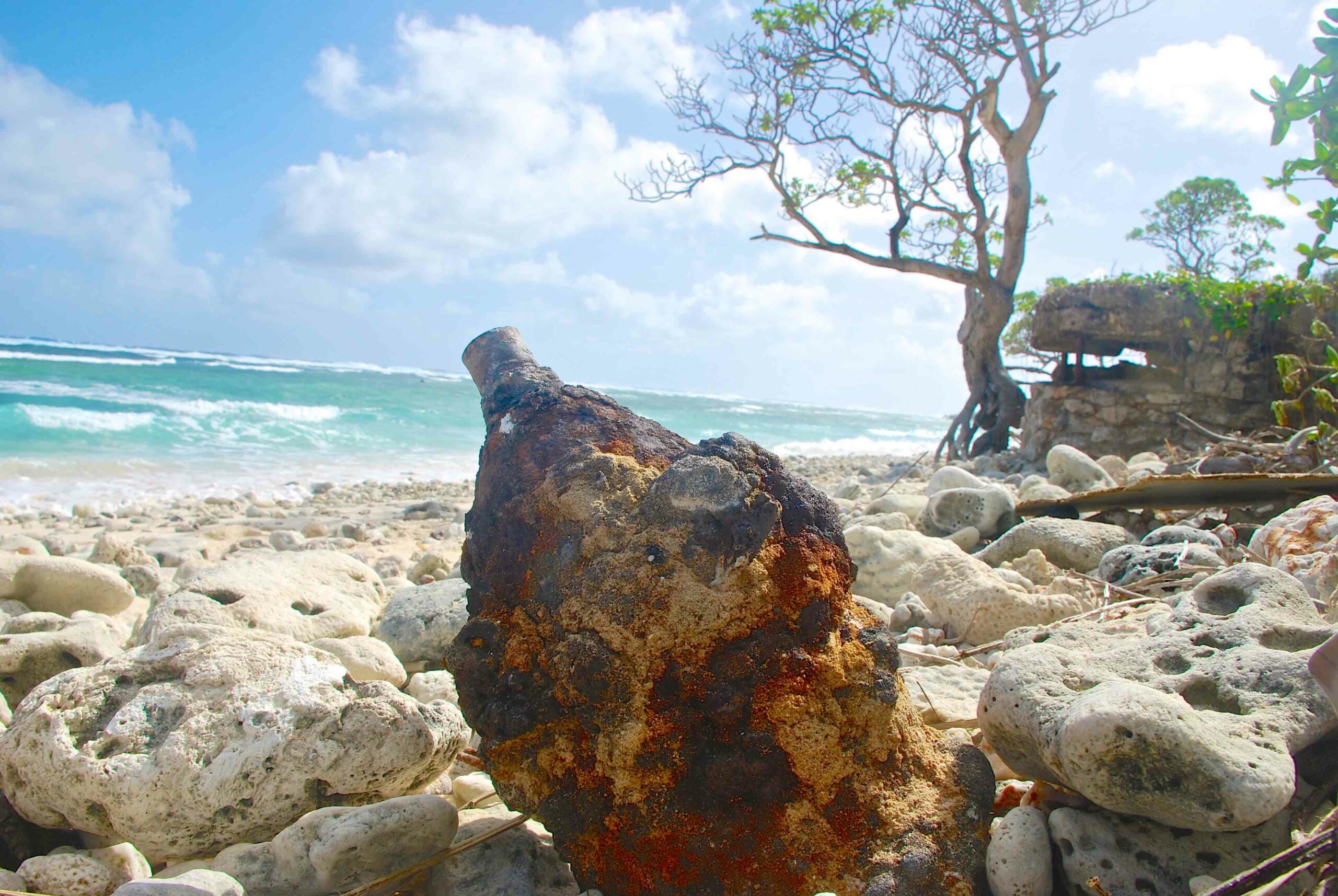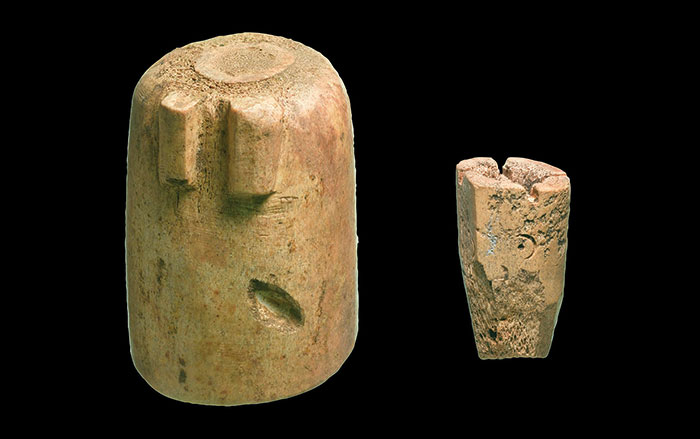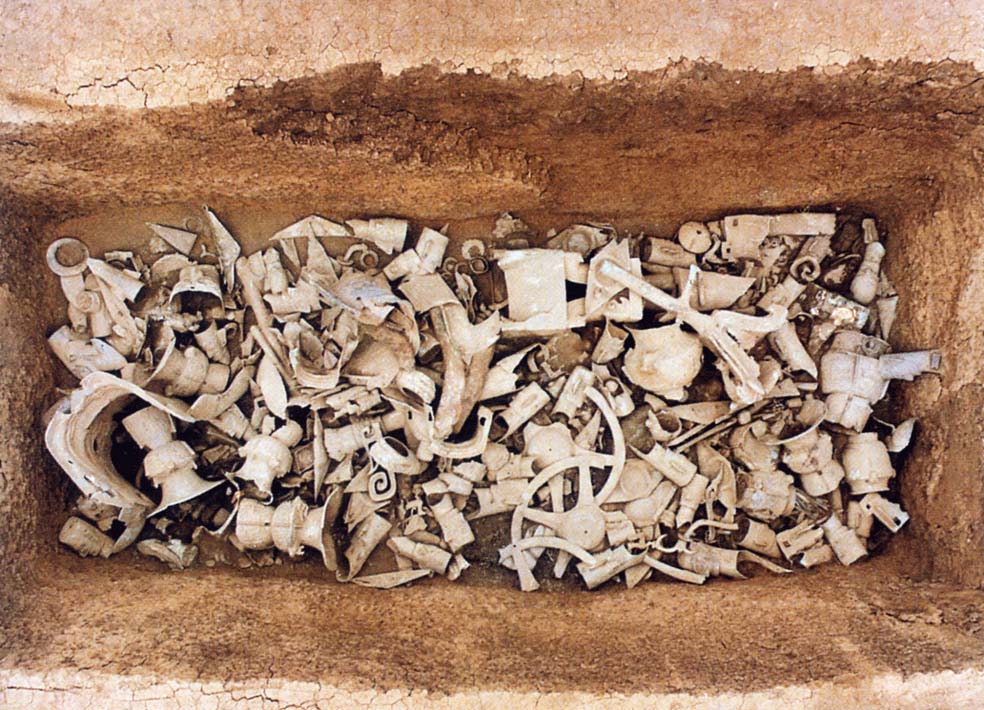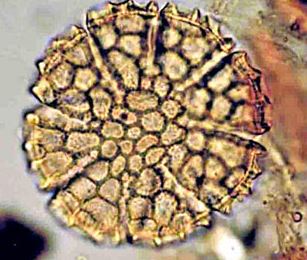
NARA, JAPAN—A tiny amount of pollen from basil plants has been detected at the Makimuku ruins, thought to be the palace of Himiko, the shaman queen of the Yamataikoku kingdom. The pale-colored pollen is more than 1,500 years old and originated in the tropics of Southeast Asia, according to archaeologist Masaaki Kanehara and environmental archaeologist Masako Kanehara of the Nara University of Education. “Basil of Southeast Asian origin could have been brought here as dried medicinal herbs through exchanges with the Chinese,” Masako Kanehara told The Asahi Shimbun. The pollen was recovered from a ditch near a huge burial mound during excavations in 1991. The husband and wife team identified the species of basil by growing about ten different kinds and comparing pollen from the samples to the ancient specimen. Since only a small amount of the pollen was found, basil was probably not cultivated in the area. To read about another pollen study, see "America's Chinatowns: Food."


